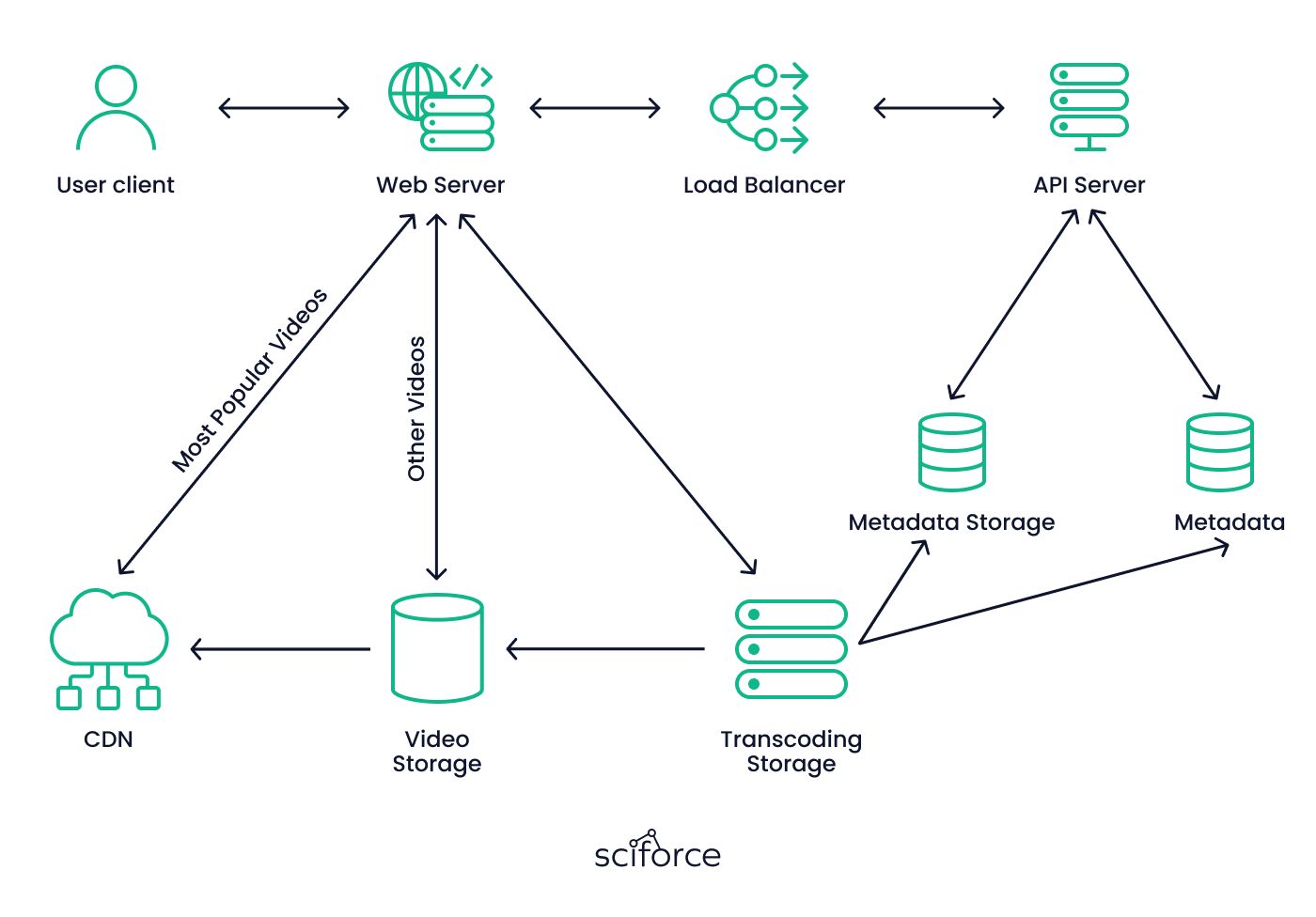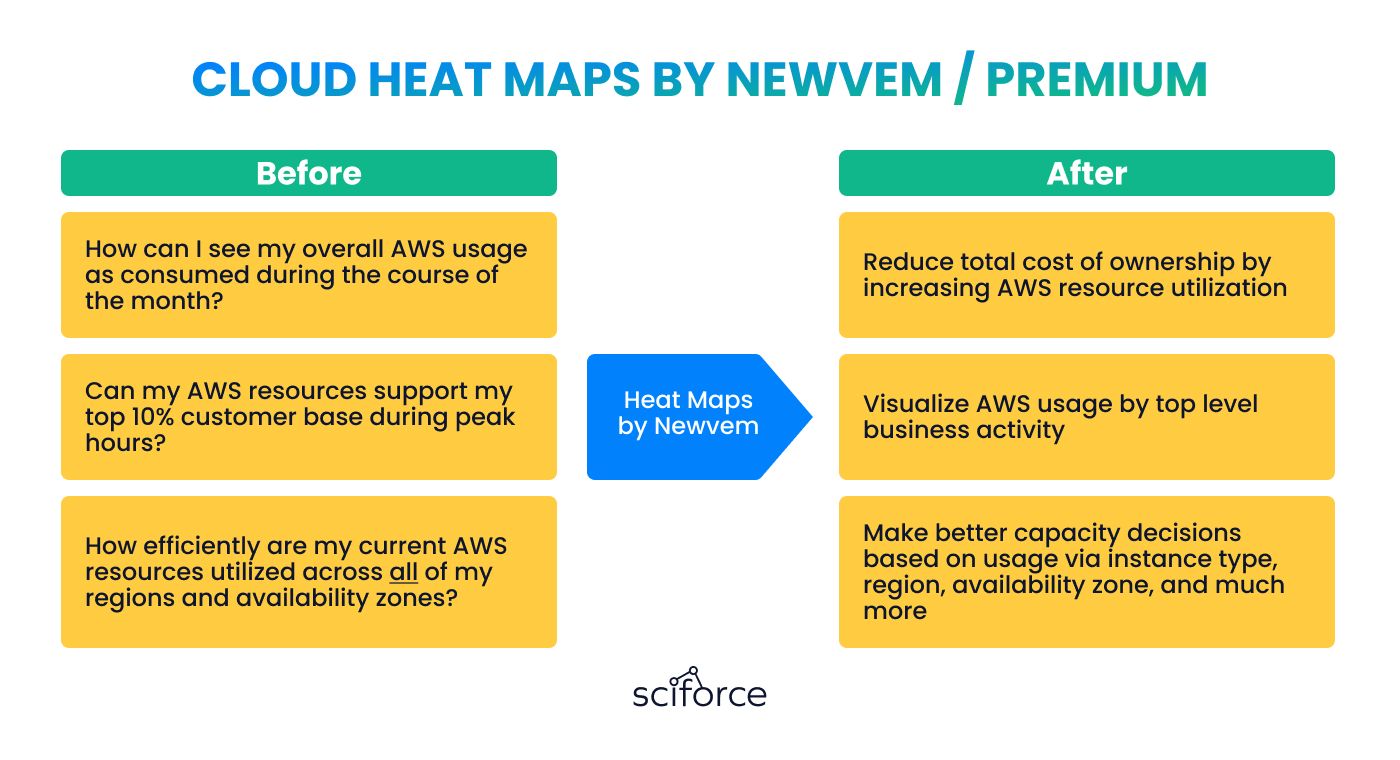Client Profile
The client operates a video processing platform that specializes in converting, compressing, and optimizing video content for media companies and individual creators. Their platform supports multiple formats enabling users to prepare videos for seamless online distribution across various devices and platforms. The platform is designed to handle large volumes of video content, ensuring high-quality processing while meeting the diverse needs of their customers.
Challenge
As the demand for video content increased, the client's manual video processing system struggled to keep up. Key challenges included:
Continuous Server Operation
The platform's servers were running around the clock, even when no videos were being processed. This meant resources were being used unnecessarily during quiet periods, leading to higher cloud costs and wasted energy, which increased operational expenses without providing any benefit.
Handling Video Spikes

When many video files were uploaded at once, especially during busy periods like product launches or events, the system couldn’t process them fast enough. This led to delays, with files waiting in line for conversion, causing clients to experience slower video processing and content distribution.
Resource Wastage
During slow periods, like weekends or late nights, servers ran without being fully used, wasting resources like CPU and memory. Despite little activity, they still consumed power and cloud resources, driving up costs. During busy times, the same servers were overloaded, causing slowdowns and delays. This imbalance made it difficult to manage resources efficiently.
High Maintenance Burden
The system needed constant manual monitoring, with staff having to check video processing, restart failed tasks, and ensure smooth operation. For example, during busy times, staff had to step in to fix errors and clear processing delays. This regular manual involvement increased labor costs and slowed down the workflow, as the system couldn’t run efficiently without human intervention.
To address the client’s challenges, we implemented a fully automated video processing solution with several key components:
Python-Based Dispatcher:
A custom Python-based dispatcher was developed to manage incoming video files. It detected new uploads, categorized the videos, and automatically triggered the appropriate processors to handle tasks like conversion and optimization. This eliminated the need for manual intervention in the upload process.
Amazon ECS Cluster (Elastic Container Services):
We utilized Amazon ECS to create a containerized infrastructure, enabling the platform to dynamically scale based on demand. By using containerized computing resources, the system could automatically adjust resource allocation, ensuring that video processing tasks were handled efficiently, regardless of volume spikes.
Automated Video Processing Pipeline:
The entire video processing workflow was automated. Containers were only started when needed, and once processing was completed, the resources were automatically released. This ensured that computational resources were only consumed when active tasks were present, significantly reducing operational costs.
AWS Fargate vs. EC2 Virtual Machines:
Initially, the option of using EC2 virtual machines for container management was considered. However, AWS Fargate was chosen due to its execution model, which allowed for better cost-effectiveness and scalability. With Fargate, the platform didn’t need to manage or provision servers, further streamlining resource management and improving system flexibility.
Automated Video Processing: The platform automatically detects when video files are uploaded and processes them without manual intervention. This ensures efficient handling of video tasks regardless of file size or timing.
Python-Based Dispatcher: A custom-built Python dispatcher manages incoming video files and triggers the appropriate processors based on the type of content. This ensures the right processing actions are taken for each video.
Resource Allocation Automation: Computational resources are automatically allocated and released. The system only uses resources when needed, reducing operational costs by preventing unnecessary server use during idle periods.
Error Handling and Restart: If a processing job fails, the system automatically detects the failure, restarts the task, and logs the issue. This minimizes manual troubleshooting and ensures smoother processing.
System Architecture Design:
Python-Based Dispatcher Development:
The dispatcher was built to act as the central controller for processing incoming video files. It was designed to:
Containerization of Video Processing:

The video processing pipeline was broken down into modular components and containerized using Docker. Each container was set up to handle a specific processing task:
Setting up Amazon ECS and AWS Fargate:
The containers were deployed on Amazon ECS, leveraging its scaling capabilities to automatically manage workload distribution.
AWS Fargate was used for running the containers. This setup ensured:
Automatic scaling based on the number of incoming video tasks.
Efficient resource management, as containers were spun up only when needed and shut down immediately after processing, minimizing idle time.
The use of Fargate eliminated the need for manual server management, enabling dynamic scalability.
Database and Logging Setup:
Load Testing and Optimization:
Deployment with CI/CD Pipeline:
The implementation of the automated video processing solution delivered significant improvements across multiple areas, addressing the client's challenges effectively. Key results included:

The implementation of the automated video processing solution delivered significant improvements across multiple areas, addressing the client's challenges effectively. Key results included:
1. Increased Efficiency
2. Cost Reduction
3. Improved Scalability
4. Enhanced Reliability
5. Reduced Maintenance Effort